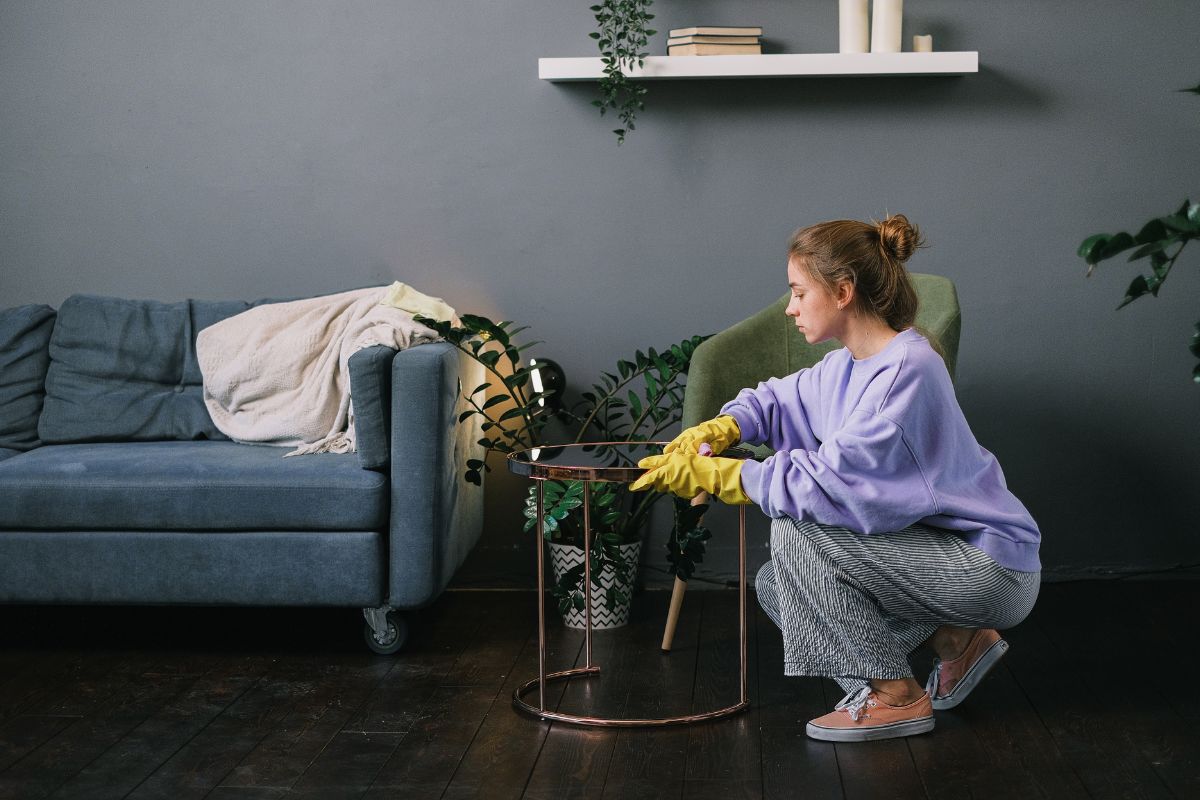Minimalist Living Tips for Small Apartments

Living minimally in a cramped apartment means focusing on function, order, and only what truly matters. Start by decluttering: every few months sort through belongings room by room and remove anything you don’t regularly use. Give each item a designated spot so you’re not creating “junk drawers”—as one minimalist notes, “clutter attracts clutter,” and a small home quickly fills up if you don’t immediately put things away. Avoid impulse buying by asking “Do I really need this?” before bringing anything new in.
Many experts recommend simple daily habits to keep clutter at bay: make your bed each morning, wipe down surfaces, and always return objects to their home after use. Adopt a “one in, one out” rule for new items—whenever you add something, remove something else—to prevent gradual accumulation. Over time, these routines build a self-sustaining minimalist mindset. As author Courtney Carver puts it, needing extra storage boxes often means you have too much stuff: “when you need to buy things for your things, it’s time for fewer things.”
Multi-Functional Furniture
Small apartments demand creative furnishings. Look for pieces that serve two purposes. A classic example is a Murphy bed or sofa bed: these fold away when not in use, instantly reclaiming floor space (one source estimates a Murphy bed can free up to 90% of a room’s area). Likewise, a loft bed raises the sleeping area, creating room underneath for a desk or dresser. Even smaller items can pull double duty.
A storage ottoman (shown above) works as seating or a footrest while hiding blankets, books, or toys inside. Foldable dining tables, nesting stools, and expandable shelves help too—they give you more space or seats when needed, then collapse or tuck away when not. In short, favor furniture that transforms. For example, a lift-top coffee table (one that raises to desk height) or a bench with internal drawers can make each square foot pull its weight, minimizing the number of separate pieces you need.
Clever Storage Solutions
With limited square footage, go vertical and hidden wherever possible. Install wall-mounted shelves, pegboards, or modular track systems to use empty wall space from floor to ceiling. A narrow entryway can become a mini closet, a kitchen wall can hold spices or utensils, and living room corners can host floating bookshelves—all without eating into walking space. Underutilized areas are prime real estate: place clear plastic bins or rolling drawers under beds to stow off-season clothes, extra linens, or shoes out of sight.
Bed risers can give you even more clearance for storage. In closets, add a second hanging rod and stackable boxes on high shelves to double capacity. Wherever you store items, use labels or transparent containers so you can find things at a glance. Concealed options like built-in cabinetry or over-door organizers also keep daily essentials within reach but out of sight. By turning walls, nooks, and under-furniture gaps into organized storage, you clear floors and counters – making the apartment feel bigger and more serene.
Minimalist Decor and Design
Keep the decor simple and calming. Stick to a neutral color palette (whites, grays, beiges) and clean, uncluttered lines. Light-colored walls and floors reflect natural light, making a small room feel open and airy. Furnishings should have simple shapes—think low-profile sofas, platform beds, or handleless cabinets—to avoid visual clutter. Use a few meaningful accents (like one or two pieces of art or a houseplant) rather than many small knickknacks.
Mirrors can help bounce light around. Incorporate natural textures (wood, stone, and textiles) to add warmth without overwhelming the space. In bathrooms and kitchens, floating fixtures and minimal hardware keep sightlines open. The goal is a peaceful aesthetic: empty space is part of the design, not a problem. By focusing on essentials and removing extra ornamentation, you create a sense of order and calm that is central to minimalist style.
Habits for a Lasting Minimalist Mindset
Maintaining a minimalist small home is about consistent habits. Schedule regular decluttering sessions—perhaps quarterly—to reassess what you own. When organizing, sort items by category (clothes, books, papers) and keep only what is useful or sparks joy. Avoid turning to storage bins as a crutch; if you’re planning to buy organizers, first consider if you should let items go instead.
Create simple routines: put mail and keys in one entryway basket to avoid loose piles, always hang up clothes the moment they’re clean, and tidy up for five minutes each evening. Be mindful with new purchases—ask if each item is necessary or can serve multiple roles. Over time these small disciplines make it natural to live with less. As one minimalist lesson notes, “the things that make a place feel like home aren’t things”; by emphasizing experience over excess, you’ll find a small apartment can be both cozy and clutter-free.






